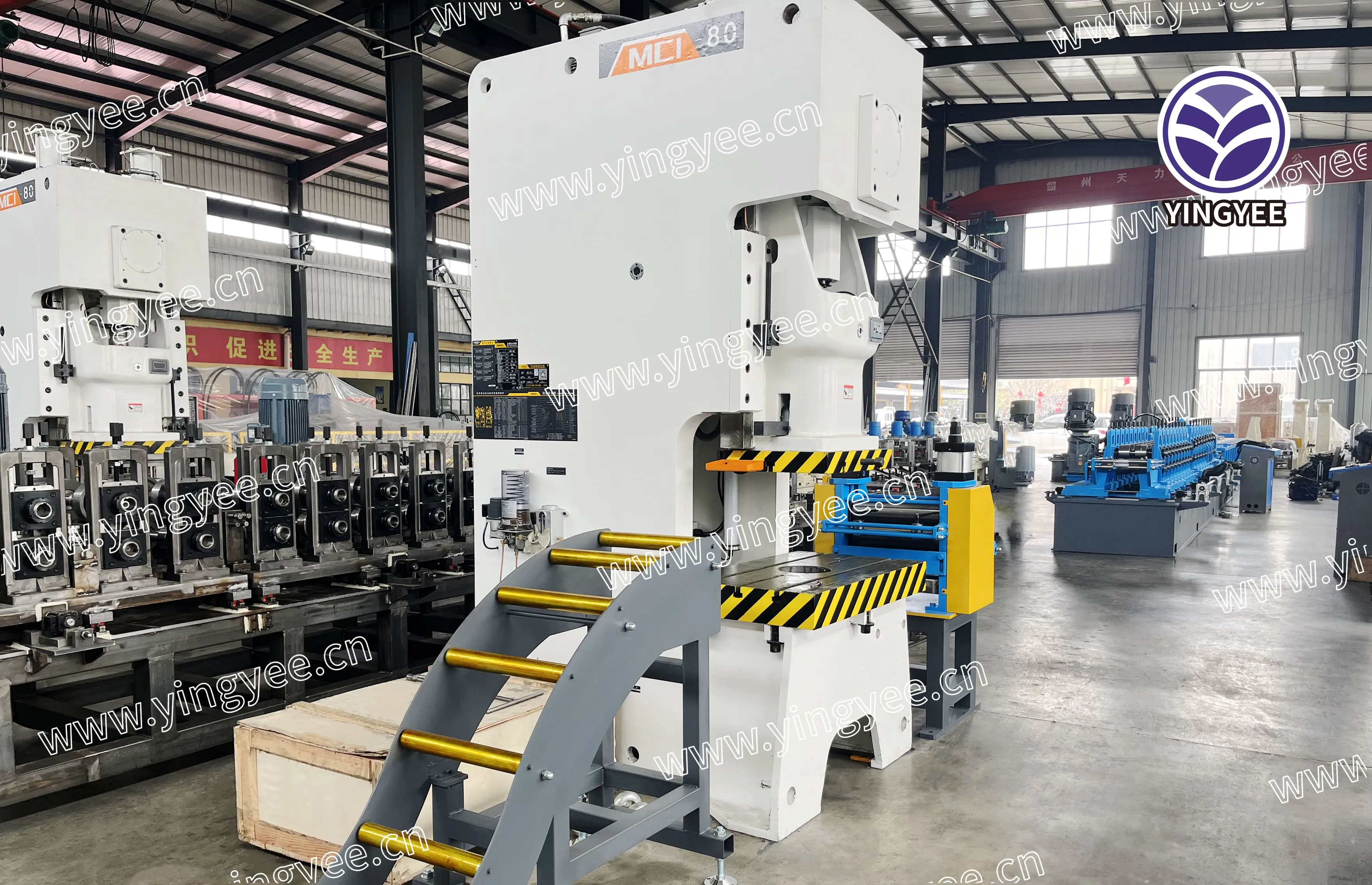
The Evolution and Benefits of Rack Roll Forming
Rack roll forming is an innovative manufacturing process that plays a crucial role in the production of industrial racks and storage solutions. This method of shaping metal into desired profiles has gained significant traction in recent years due to its efficiency, cost-effectiveness, and the superior quality of products it delivers. Understanding rack roll forming not only illuminates its role in modern manufacturing but also highlights its benefits for various industries.
What is Rack Roll Forming?
Rack roll forming is a specialized metal forming process where metal sheets or strips are continuously fed through a series of rollers that progressively shape them into specific cross-sectional profiles. These profiles are essential for creating robust and durable racks used in warehouses, distribution centers, and manufacturing plants. The process allows for a high degree of customization, enabling manufacturers to produce racks tailored to specific needs and applications.
During the roll forming process, the metal typically starts as a flat strip, which is gradually bent and shaped into the desired configuration as it passes through multiple sets of rollers. This method is ideal for producing long lengths of metal profiles, which can then be cut to the required sizes for rack construction. The result is a consistent and uniform product that meets strict industry standards.
Advantages of Rack Roll Forming
1. Efficiency One of the most significant advantages of rack roll forming is its efficiency. The continuous nature of the process allows for high production speeds, meaning manufacturers can produce large quantities of racks in a short amount of time. This high throughput is especially beneficial in industries where demand can fluctuate rapidly.
2. Material Conservation Roll forming is known for its material efficiency. The process generates minimal waste, thanks to the precise design of the rollers and the continuous feed method. Manufacturers can also utilize various types of materials, including steel, aluminum, and other metals, ensuring versatility in production.

3. Customization With rack roll forming, manufacturers can easily customize profiles to meet specific requirements. Whether it’s changes in dimension, thickness, or shape, adjustments can be made to the roll forming setup without significant downtime. This flexibility is essential for businesses that require tailored storage solutions to accommodate unique products or workflows.
4. Strength and Durability The racks produced through roll forming are known for their strength and durability. The process can enhance the mechanical properties of the metal, providing products that can withstand heavy loads and resist deformation over time. This durability is crucial for maintaining safety and efficiency in storage environments.
5. Cost-Effectiveness Although the initial setup costs for roll forming can be higher than traditional methods, the long-term savings in production costs and material waste make it a cost-effective solution for manufacturers. Additionally, the rapid production capabilities allow for quicker returns on investment.
Applications of Rack Roll Forming
Rack roll forming has a broad range of applications across various industries. These include
- Warehousing Efficient storage solutions are essential in large distribution centers. Roll-formed racks offer flexibility in design, enabling maximum utilization of space. - Automotive Industry Manufacturers use roll-formed racks for parts storage and assembly lines, where robust and reliable storage systems are critical. - Retail Stores require various display and storage racks to showcase products efficiently. Customizable designs through roll forming can cater to these diverse needs. - Manufacturing In factories, specialized racks can be produced to hold equipment, tools, and materials, promoting organized and efficient production lines.
Conclusion
Rack roll forming represents a significant advancement in the manufacturing of storage solutions. Its efficiency, customization potential, and durability make it a preferred choice for industries seeking optimized and reliable storage options. As businesses continue to evolve and demand more versatile storage solutions, the role of rack roll forming will undoubtedly expand, enhancing productivity and operational efficiency across various sectors. Embracing this technology is not just a smart move—it's a crucial step toward future-ready manufacturing.